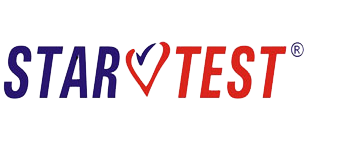What are the indications of PET in oncological cases?
1 – In investigating the possibility of malignancy of a mass detected by other imaging methods;
– Lung cancer
– Esophageal cancer
– Colorectal cancer
– Lymphoma
– Melanoma
– Ovarian-cervical cancers
– It can be used in head and neck cancers.
2 – In the initial staging of a known tumor mass before treatment and in its staging after treatment;
– Lung cancer
– Esophageal cancer
– Colorectal cancer
– Lymphoma
-Melanoma
– Ovarian-cervical cancers
– It can be used in head and neck cancers.
3 – In evaluating the response to treatment; If the ineffectiveness of the chemotherapy the patient receives is detected in the early stages, the treatment schedule may change.
4 – In post-treatment follow-ups, evaluation of recurrences or residual tissue
5 – In staging the primary tumor and determining prognosis (especially in a known head and neck tumor or glioma)
6 – In determining the biopsy location in a known mass; A biopsy taken from the area where the uptake is intense does not provide the correct diagnosis. What are the patient preparations for PET imaging?
PATIENT PREPARATIONS
FOR PATIENTS WITH A MORNING APPOINTMENT
The day before the shooting, nothing will be eaten or drunk after 00:00 or 01:00 (only water is allowed). Telebrix 35/50ml is purchased from the pharmacy. Half of the medicine is mixed into 1.5 liters of drinking water. You will drink 2 glasses after 00:00 at night, 2 glasses when you wake up in the morning, and the remaining water will be brought to our center. It will be drunk before the shooting.
FOR PATIENTS WITH AFTERNOON APPOINTMENTS
You can have a light breakfast between 06:00 and 07:00 on the day of the shooting. Afterwards, nothing will be eaten or drunk. (Only water can be drunk) Telebrix 350/50 ml. is purchased from the pharmacy. Half of the medicine is mixed into 1.5 liters of drinking water. 2 glasses will be drunk after breakfast, 2 glasses will be drunk before leaving home, the remaining water will be brought to our center. Drink before shooting.
The patient should wear thick clothes that do not contain metal (such as zippers).
He should definitely bring his old studies with him when he comes (films and reports he has taken).
At least 6 hours of fasting is required before shooting.
If he has diabetes, he should consult our doctor.
You must be at our center half an hour before your appointment time.
There will be absolutely no smoking, coffee or tea drinking.


